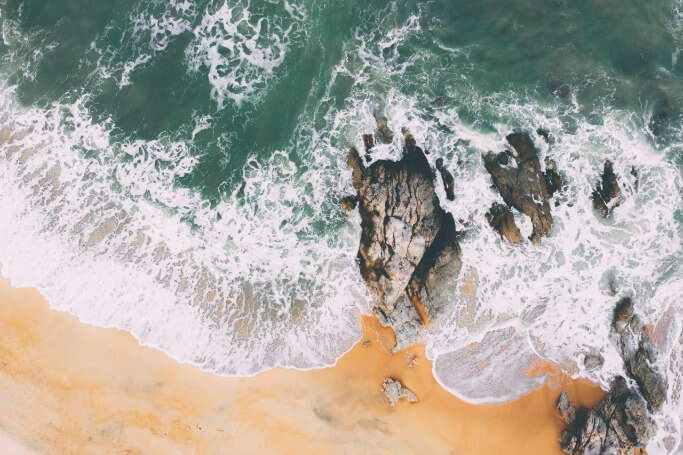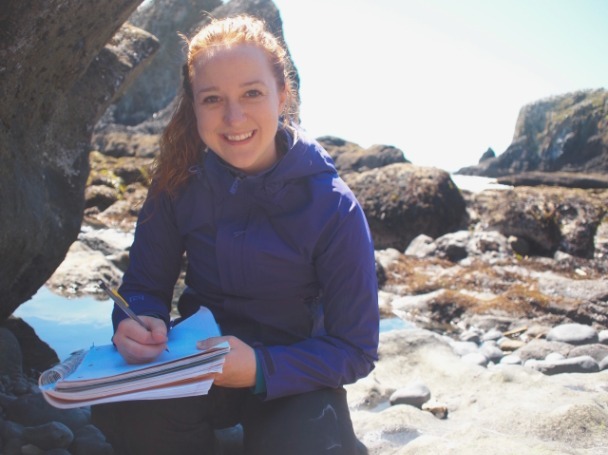A few years ago, in one of my science writing classes at Johns Hopkins University, a guest speaker shared one of her most regrettable moments as a science journalist. She was a writer at the respected magazine Science News, and several years previously had covered a high-profile paper published in a top journal. Dutifully, she included in her story some of the figures from the paper that captured the essence of the findings. Only later did she (and others in the scientific and journalism communities) learn that those figures contained an error – one that obviously had slipped past the peer reviewers. She was mortified. “I should have checked the math myself,” she told the class. Printing something that was untrue was one of the worst sins she could have committed in her view; even though she had accurately reflected the findings published in the peer-reviewed paper.
As a new student in science journalism – after a long career in environmental science and policy – the incident was a revelation for me: I realized how much scientists and journalists are alike. Accuracy is critical to both them, and it forms the cornerstone of their professional life, namely, credibility.
I suspect that many scientists don’t realize they share this trait with journalists. The common perception (or perhaps, fear) among some scientists seems to be that journalists will misquote them, sensationalize their work, take points out of context, and generally “dumb things down.” Obviously, that does happen sometimes. But scientists can take steps to reduce the chances that it does. And when it does happen, scientists hopefully can still respect journalists by recognizing that most journalists want to get things right – just as scientists do – but have to communicate that information under a very different set of constraints.
Helping journalists get it right
Communication is a two-way street. So as a first step, if you’re a scientist struggling with how to collaborate with journalists, recognize your role in communicating effectively. At COMPASS, we abide by a few communication principles (coined by the late, great Dr. Stephen Schneider):
- Know thy audience: if you’re contacted by a journalist, take some time to learn something about her and who she writes for, before engaging in an interview. A simple comment like, “can I get back to you in five minutes?” will give you a chance to Google the journalist and get a feel for her areas of focus. As a freelance journalist, I always assume that a source I’ve contacted has checked out my website to view my previous work. Then, be responsive. Call back as quickly as you can, recognizing that the journalist could be on a very tight deadline. The more sources she can reach before a deadline, the more context she’ll have, and the more accurate her reporting will be.
- Know thy stuff: In other words, hone your message. Limit the amount of information you convey to three or four key points that you want the journalist to take away. Avoid the common firehose effect of blasting a journalist with everything you know at once. If you do, you risk falling victim to a phenomenon that Natasha Loder, a journalist at the Economist, has identified: “Very often when scientists complain about the way their stories were covered,” she says, “[it’s because] they’ve not delivered any message and left the journalists to think one up for themselves.” At COMPASS, we use the Message Box as a simple tool for helping scientists distill the complexity of their work into meaningful takeaways. Once you’ve clarified your message, use metaphors and sound bites to help journalists understand and convey complicated concepts succinctly. Avoid jargon, and be prepared to answer questions that might sound dumb to you at first. The journalist might very well already know the answer to the question (or might not). But she wants to hear it from you, either to confirm her understanding, or to capture a nice quote to use in her story.
- Know thyself: Don’t be afraid to inject yourself into the story. Journalists want to get your knowledge out there, just like you do. But they need to share it with a broader audience in a different medium than you do: through storytelling. Humans have been telling stories ever since our ancestors sat around campfires sharing hunks of mastodon meat with one another. It’s hard-wired into how we convey and receive information. Stories help people digest scientific content, but they typically include other human beings to trigger interest. So, for a science journalist, telling that story often means understanding the person behind the science. Share your passion, and it just might be contagious.
Recognizing journalists’ challenges
When the story does come out, chances are it will look different from what you hoped. It might not focus on the parts of your work that you find most scientifically compelling. You might find a few inaccurate statements. Or you might feel that parts of it are sensationalized.
Before you slip into the “journalists-always-get-things-wrong” mindset, it helps to recognize a few things.
First, although it might be hard to accept, if a journalist didn’t focus on the areas of research you find most scientifically compelling, it’s probably because her audience won’t find that research particularly compelling. Instead, she’s told a story that she and her editor believe will grab readers’ attention and hold it. Because if no one reads the story, then none of the scientific content gets shared.
Second, everyone makes mistakes. Journalists have to come up to speed quickly on a wide range of topics over short time frames with strict limitations on the length of their stories. At times, they’ll get some things wrong. Rather than ignore all journalists in the future, consider letting the small errors slide, and focus on the value of the larger story being told.
Third, editors can complicate the storytelling process by shortening stories at the last minute, removing nuance the journalist hoped to convey, or even inadvertently changing meanings. The best publications run these edits back past the journalist to check for any needed corrections. But others don’t, and eventually, all publications run out of time and the back-and-forth between editor and journalist ends. Moreover, editors typically write the headlines. A pithy headline rarely includes caveats the journalist injected into the story, and may appear over-sensationalized to those who know the details.
If inaccuracies do creep in during the editing process without the journalist’s approval, believe me, she’s cringing just as much as you are. Because like you, her credibility is on the line, and like you, it’s her most valuable asset. So rather than condemning her as part of the problem, consider embracing her as a valued colleague, struggling to expand your reach in an imperfect world.



